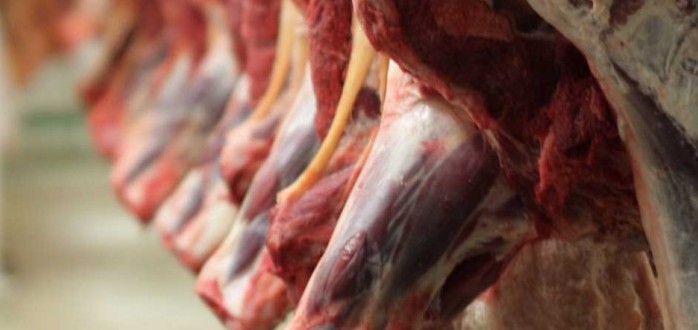The Chinese authorities have had to dip into the country’s national meat reserves for the first time, after Chinese pork prices reached new highs in August.
Reporter Helen Davidson wrote in an article for the Guardian that the cost of pork in China recorded the highest month-on-month increase of 25.6% in July, followed by an average price rise of 22.5% in August.
This recent rise in demand was attributed to a high demand for pork as we go into the Chinese holiday season – with the mid-autumn festival and China’s National Day on October 1 – and the high cost of feed and the lagging impact of the reduction in pig breeding stocks in 2021.
Ms Wang, a manufacturing worker in Zhuhai, China, told the Guardian that in the holiday season there is a growing need for pork, as ‘families and friends gather together to enjoy meals’.
As such, the Chinese authorities have had to dip into their frozen ‘reserve’ supply of pork, to ensure an ample supply of the meat for the holidays; the country’s reserve is maintained as part of a vital stabilisation policy and, in March, the government announced that it was buying 38,000 tonnes of pork after prices fell.
Ensuring price stability and supply was related to the “vital interests of the masses,” said Dr Wang Zuli, an expert in pig production monitoring and early warnings at the Chinese Academy of Agricultural Sciences.
“When the price of pork is low and the farmers lose severely, the government will boost the price of pigs by collecting and storing [meat],” he said. “When pork prices are high, the government will stabilise the price of pigs by releasing reserves.”
Maintaining the price also dissuades farmers from hoarding pigs to fatten them up, or waiting for better prices – something that producers were criticised for doing in July, as it leads to both short-term shortages and a glut in the future.




